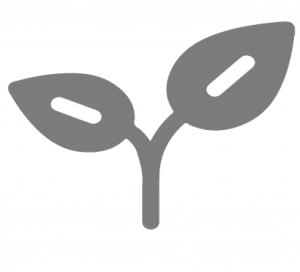LATEST ARTICLES
CROP MANAGEMENT
NEWS
-
LATEST VIDEOS
About Us
BigHaat is India’s leading Agri Digital Platform
transforming the agriculture value chain from pre-harvest
to post-harvest leveraging science, data and technology.
https://youthspaceinnovation.com/wp-includes/pkv-games/
https://youthspaceinnovation.com/wp-includes/bandarqq/
https://youthspaceinnovation.com/wp-includes/dominoqq/
https://www.medicallifesciences.org.uk/ckfiles/pkv-games/index.html
https://www.medicallifesciences.org.uk/ckfiles/dominoqq/index.html
https://www.medicallifesciences.org.uk/ckfiles/bandarqq/index.html
https://www.medicallifesciences.org.uk/ckfiles/index.html
https://rasheenabansal.com/assets/pkv-games/
https://rasheenabansal.com/assets/bandarqq/
https://rasheenabansal.com/assets/dominoqq/
https://harbolnas.idea.or.id/js/pkv-games/
https://harbolnas.idea.or.id/js/bandarqq/
https://harbolnas.idea.or.id/js/dominoqq/
https://kampungdigital.id/wp-includes/js/pkv-games/
https://kampungdigital.id/wp-includes/js/bandarqq/
https://kampungdigital.id/wp-includes/js/dominoqq/
https://www.karuniadutamedika.com/wp-includes/pkv-games/
https://www.karuniadutamedika.com/wp-includes/bandarqq/
https://www.karuniadutamedika.com/wp-includes/dominoqq/
https://117.18.0.18/
https://202.95.10.186/
https://216.83.47.77/
https://216.83.47.64/
https://216.83.47.169/
https://117.18.0.30/
https://3.33.146.175/id/
https://117.18.0.14/
https://117.18.0.16/
https://117.18.0.20/
https://117.18.0.17/
https://117.18.0.19/
https://117.18.0.15/
https://117.18.0.22/
https://117.18.0.21/
https://47.74.158.226/
© 2022 BigHaat. All Rights Reserved.




